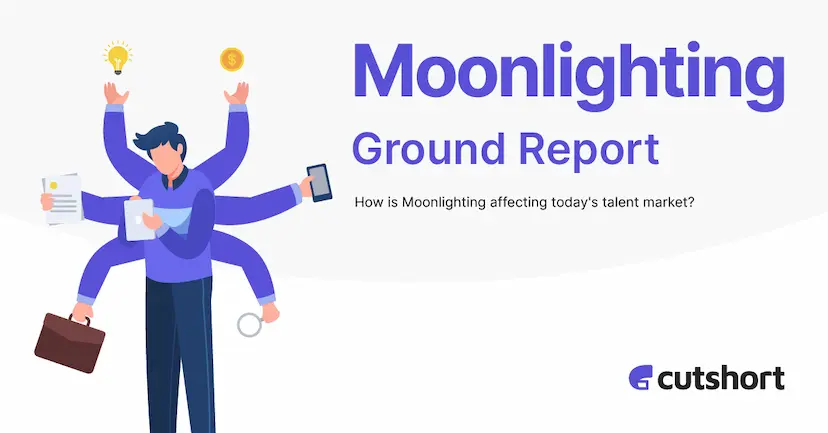Date 14th April. CutShort office. 11 pm.
Nikunj: Guys, we need to participate in a VC pitch event tomorrow morning. Can we make a funding deck tonight?
Anubhav (rolls his eyes): We are raising funds?
Nikunj: Not really. I had filled up an application form for a pitching event. They shortlisted us.
Vinit (after sliding through some pitch templates online): Pitch decks need to have a funding amount. How much we will put in?
Nikunj: I think we can do with $250K.
Vinit: I’ve heard that no matter the amount, the investors will take 15-20% stake. $25oK will reduce our valuation. We should at least put 1.5 million if we are going to part with that much equity.
Anubhav (now enjoying the game): Makes sense, but $1.5 mn sounds like quite a lot. How will we justify the spend?
Nikunj (scribbling on the white board now): Well, we will need to hire 4 engineers + 2 marketers + 2 support/sales. To house this team, we will need more office space and yeah we could also run some ads to boost our acquistion.
Vinit: That still won’t use up 1.5 million. Why don’t we hire more techies to build a mobile app and validate other product verticals we can attack.
That’s when it hit us. We were going down the all familiar slope so many startups have gone down before.
This path is familiar to so many startups. Raise as much as you can and then figure out ways to spend it on things like nonviable discounts (like Foodpanda), overhiring (like TinyOwl), crazy marketing blitz (like Housing.com) & funky parties (like Stratton Oakmont).
So we reminded ourselves again. If and when we raise funding, we would:
- Raise only the amount that we need. In return of a smaller stake.
- Raise more if investors really insist, but make clear that the money would remain unused in the near future.
Will this work? Would love to hear experiences from those who have tried doing something similar.





